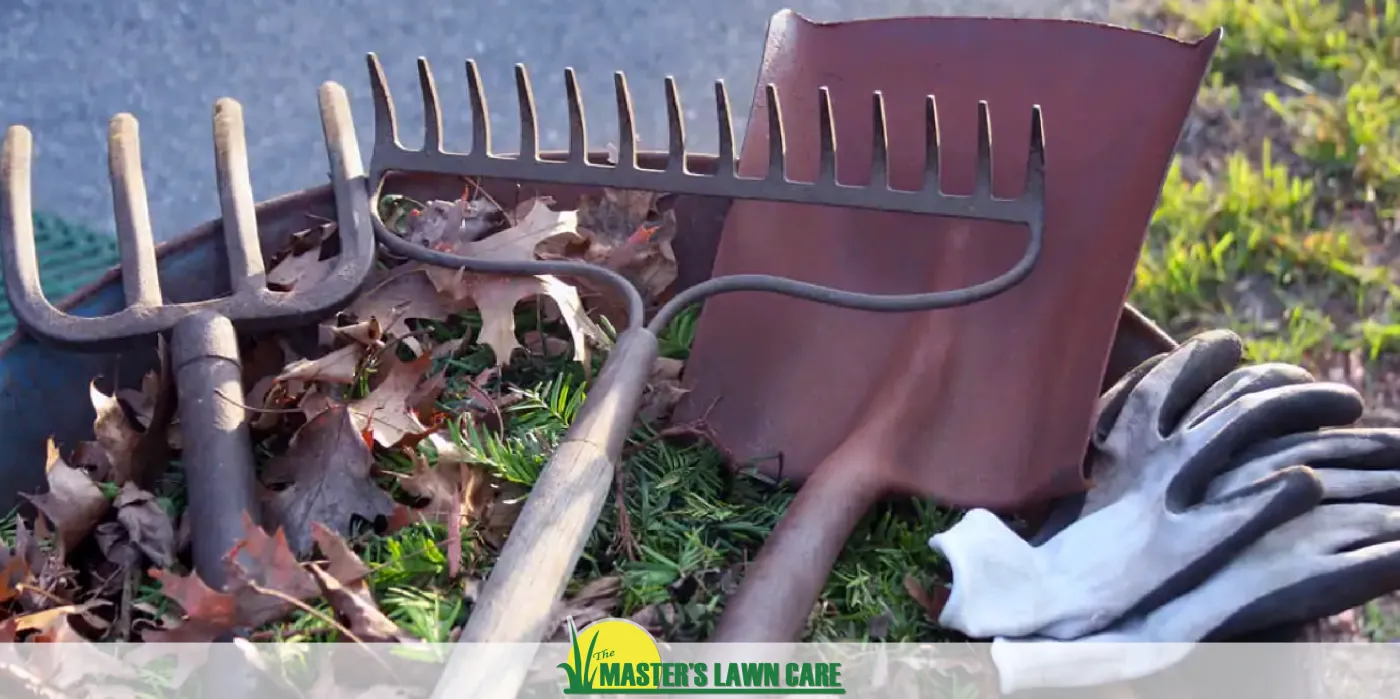Your landscaping action plan for upkeep should change with the seasons. During the winter months in North Florida lawns, the grass is semi-dormant – growing but at a slower pace and almost barely growing at all. Not having to mow the grass as often leaves us with a bit more time on our hands to take care of other landscape projects that are perfect for winter months.
We've gathered some tasks to help you keep momentum in your lawn and keep your landscape looking beautiful during the winter. Don’t hesitate to share this to your neighbors as well!
This way, the entire neighborhood can look forward to a beautiful lawn in spring.
Tree pruning
Many North Florida homeowners think of Winter Crape Myrtle pruning (Crape Myrtle Pruning: When and How?) as the only winter tree pruning necessary. However, fruit trees and many of your typical Florida trees prefer pruning in winter over the other seasons.
Why? Fresh cuts are especially susceptible to insects during the warm months because they serve as habitats for germs and fungi that damage trees' health. Pruning during the dormant season keeps your trees healthy and reduces their susceptibility to attack as the weather warms and insect activity picks up.
This also ensures your Gainesville or Nocatee Lawn and Landscape gets proper sunlight to rejuvenate in spring.
When is the best time to trim/prune landscape ornamentals?
Remove fallen leaves from turf and flower beds
The trees in your yard lose their leaves for a few weeks every year. The timescale can vary depending on the kinds of trees you have, such as oaks, sycamores, pines, maples, etc. Leaves can suffocate your grass and block the sunshine that keeps it healthy if they are not controlled. Your only chance of having a beautiful lawn is to remove or clean up any fallen leaves. - As leaves finish falling, remove them from the lawn to allow sunlight and Lawn health applications to enrich your grass.
Granular lawn fertilization applications aren't affected by leaves as they roll down into the turf - however liquid and weed control applications are soaked up by the leaves, stealing the nutrients. This is why we recommend using a full-service lawn provider that offers Lawn maintenance service along with the lawn Fertilization program. Packaging them together ensures the two services work together for the health of your Gainesville lawn.
Protect sensitive plants during frosts
Even though the winters affecting Ponte Vedra lawns and the rest of North Florida are generally mild, a freeze will nevertheless happen.
Without winter plant protection, it only takes one night of exposure to wind and temperatures between 20 and 40 degrees for your delicate plants or shrubs to suffer cold damage.
Your more tender and tropical plants such as smaller Palms, Philodendrons, Crotons, Ginger, and others have a tendency toward frost damage on colder nights.
Pro Tip: Use fabric, bedding, light blankets, burlap, or other plant-specific covering that you may purchase at your neighborhood home improvement store. Avoid covering them with plastic since it will result in water droplets from condensation appearing on the leaves, which can cause freeze burn.
Tips for Covering Plants in a Freeze
What do I do with these frost damaged plants?
Power Wash your Home and Hardscape
Summer can leave homes and hardscapes moldy, slippery, and unsightly. Power washing aids in removing these buildups of dirt and giving a bright and fresh appearance.
Power washing a building's exterior can improve curb appeal in more ways than just by keeping it clean. Having hardscape and fences cleaned will also contribute to the property's improved curb appeal by giving it a more spotless appearance.
Schedule this prior to the holidays if you have guests coming over, or use it as a great Christmas gift in the form of a gift card for your significant other!
Pro Tip: Make sure to avoid power washing in temperatures below 40 degrees. If the temperature is too cold, it could damage your pressure washer or the surfaces you're washing.
Prepare your landscape plants for spring
Plants frost back in winter and need care before spring to be set up for success going into spring. Starting now will help ensure that your St. John's landscaping is successful in the coming months.
When older growth is removed by strategically pruning back perennial plants like roses, hibiscus, and azaleas, they grow more densely and attractive. Be sure to remove weeds, fallen branches, dead leaves, and plant debris.
To defend against frost and avoid compaction apply a layer of compost to raised beds before covering it with a thin layer of mulch. We recommend Comand topsoil as a great compost for this. The compost's nutrients slowly seep into the soil over the winter. Still allowing both sunlight and rain, it also keeps the soil warm, allowing you to plant earlier in the spring.


